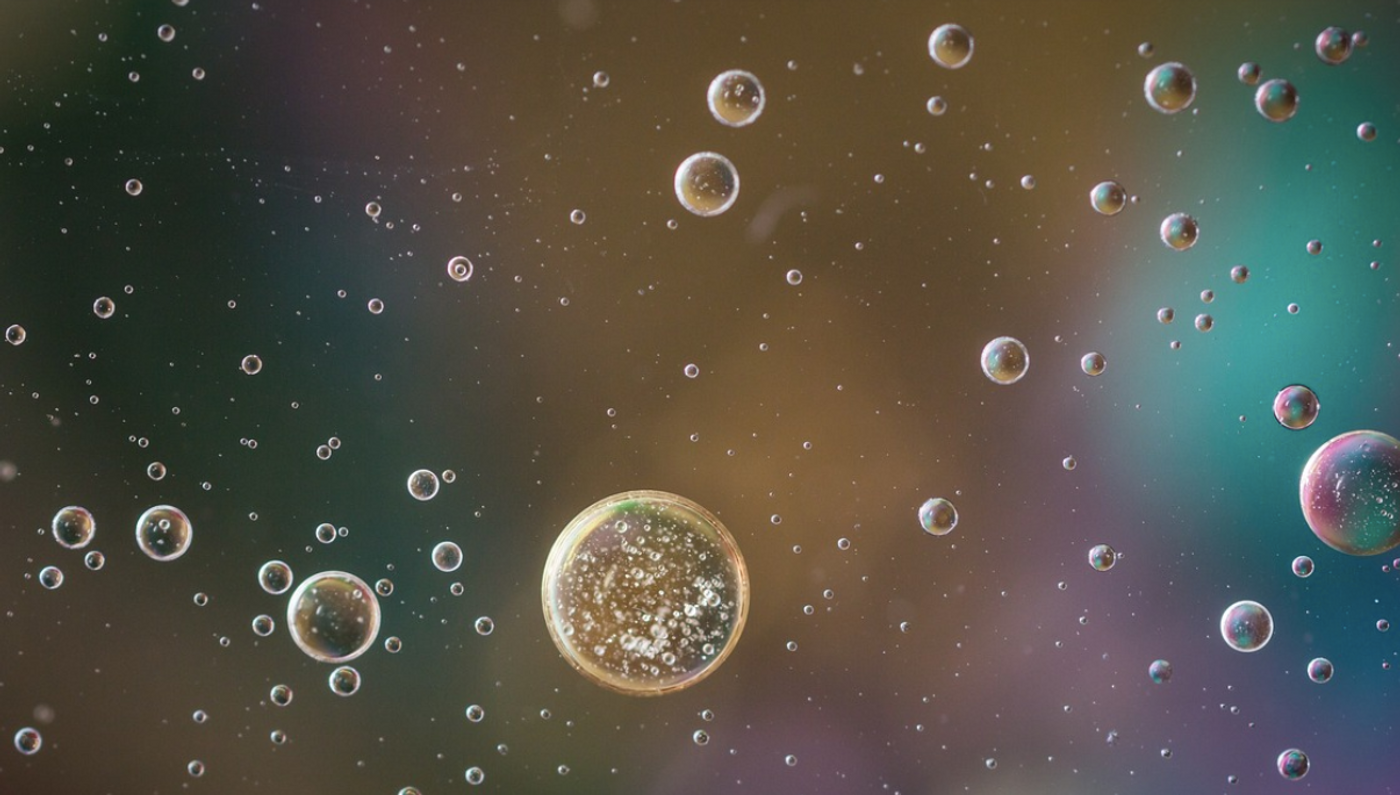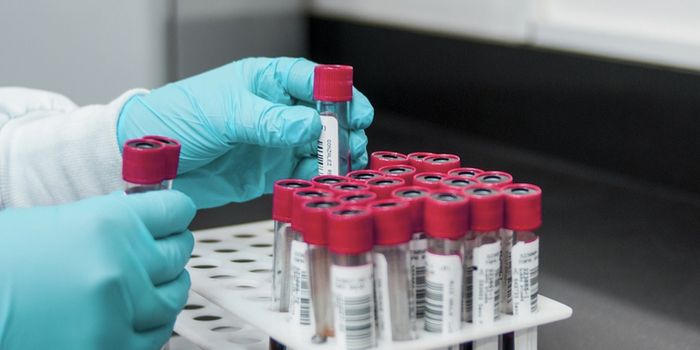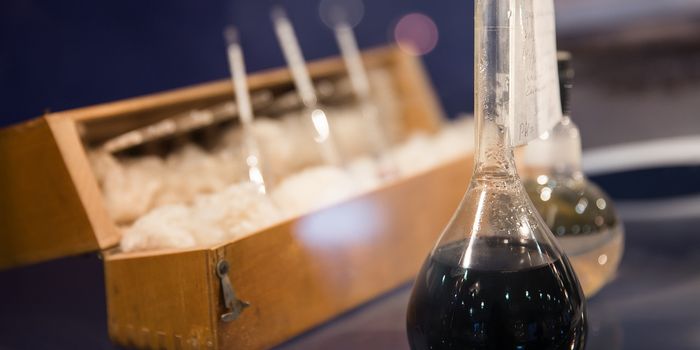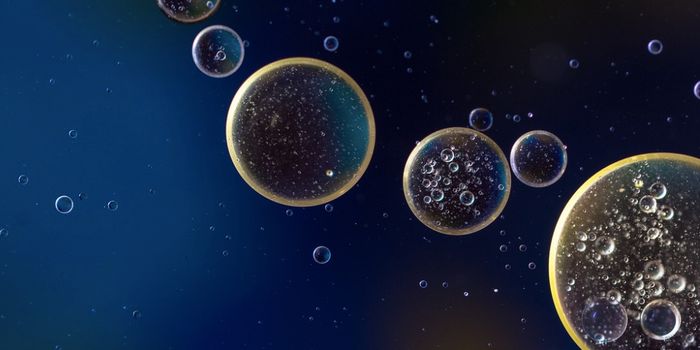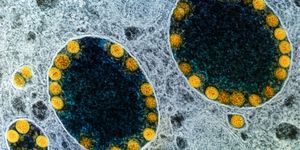Hunger Triggers Some Bacteria to Release Toxins
While we may think of some bacteria as friendly and others as pathogenic, the situation can become very complex. Not only can particular strains of the same microbial species be very different - like as Escherichia coli, which has both harmless and toxic forms, members of the same microbial community that are genetically identical can start to behave differently from one another, with some generating noxious molecules. So what spurs this change in behavior? New research has shown that when some microbes are deprived of nutrients, they begin to release toxins. The findings have been reported in Nature Microbiology.
"Even when we study a community of bacteria that are all genetically identical, they don't all act the same way. We wanted to find out why," said Adam Rosenthal, Ph.D., an assistant professor at UNC School of Medicine.
This work can show why certain functions are delegated to specific cells in microbial communities. It may also help us fight antibiotic resistance.
In this research, the investigators focused on a rod-shaped bacterium called Clostridium perfringens, which can be found in soil and is a normal member of the microbial community in the guts of humans and other vertebrates. A tool called a microfluidic droplet generator was used to isolate individual bacterial cells in suspension, so every one could be genetically analyzed.
This showed that C. perfringens cells that did not release toxins were packed with nutrients, while C. perfringens cells that generated toxins lacked crucial nutrients.
It may be possible to coax the cells that release toxins "to behave a little bit better," suggested Rosenthal. Indeed, when the toxin-releasing cells were exposed to acetate, the toxin levels dropped, and the number of toxin-producing cells was reduced.
Now the researchers are curious about whether other environmental factors may be activating toxicity in other microbes, or it the phenomenon is specific to C. perfringens. It may be possible, noted Rosenthal, to treat microbial infections in a new way my providing nutrients to bacteria.
Clostridium perfringens can infect chickens, animals that are becoming more susceptible to infection as fewer antibiotics are used in industrial agriculture. It may be possible to leverage this knowledge to prevent some infections without antibiotics. More research will be needed to know if that is true, however.
The researchers are also interested in whether the findings apply to antibiotic tolerance, in which some bacteria can evade the effects of a drug even when the bacterial community has not gained resistance to that drug. The mechanisms underlying tolerance are not yet well understood.
Sources: University of North Carolina (UNC) Health Care, Nature Microbiology
